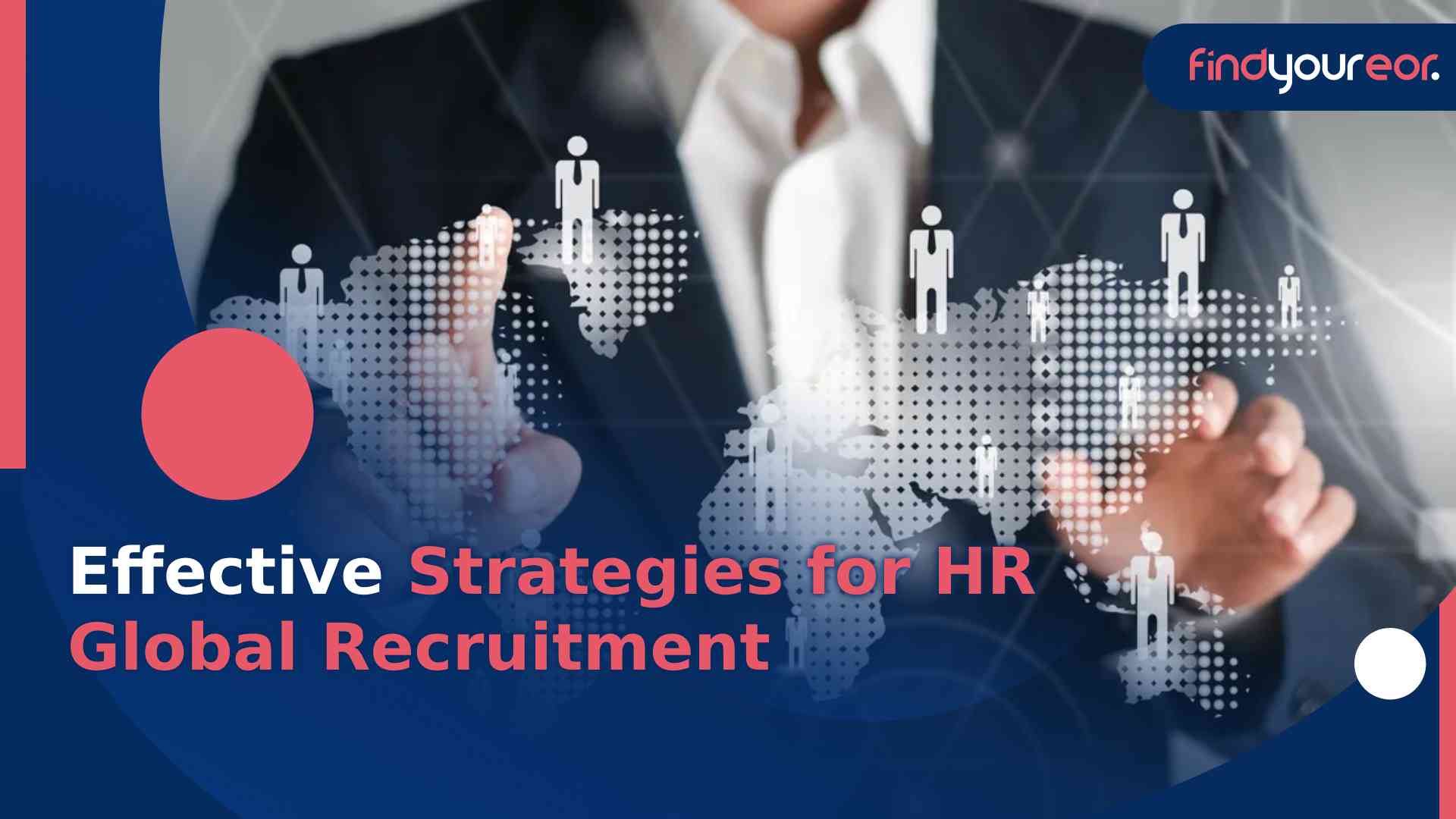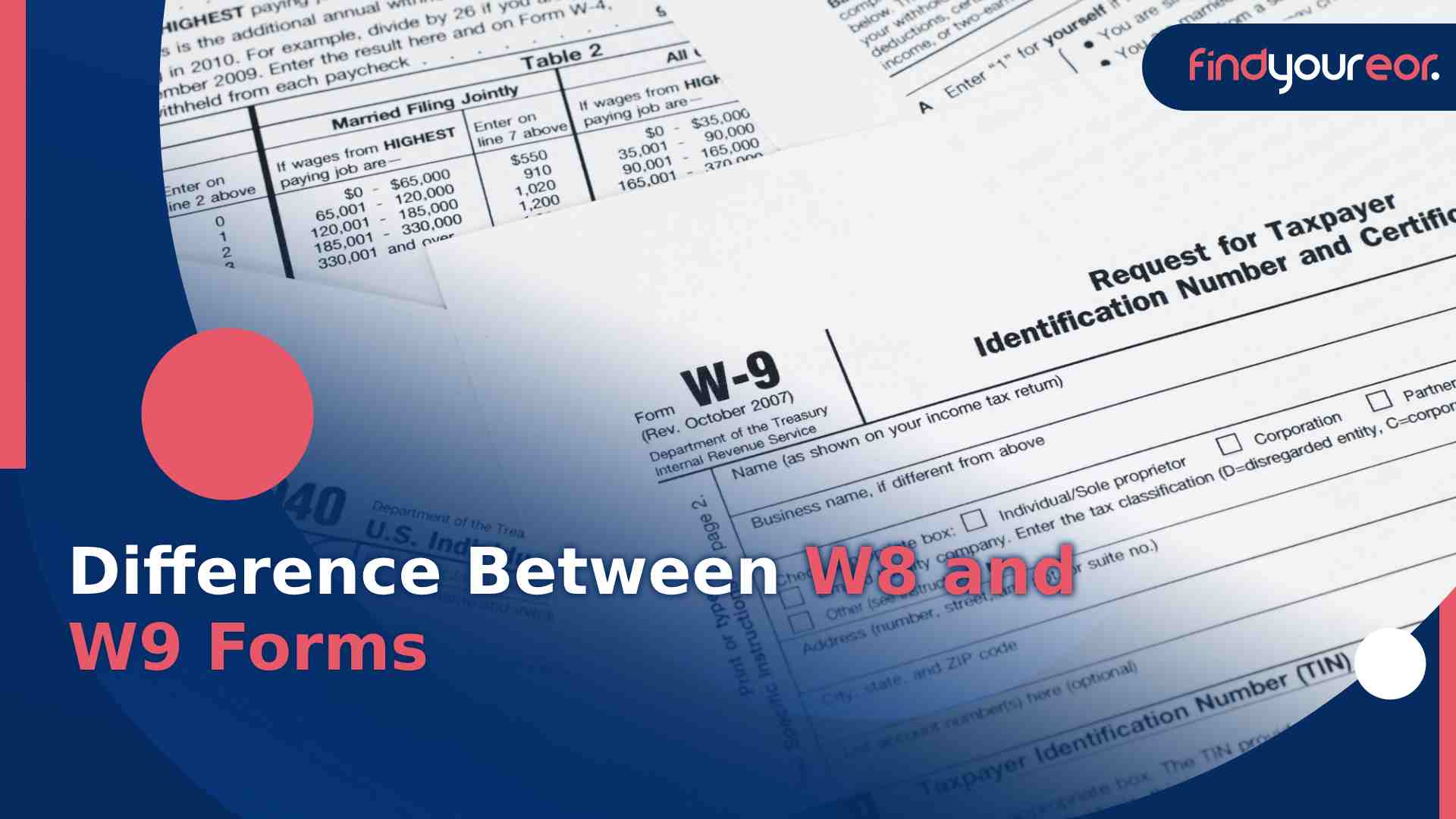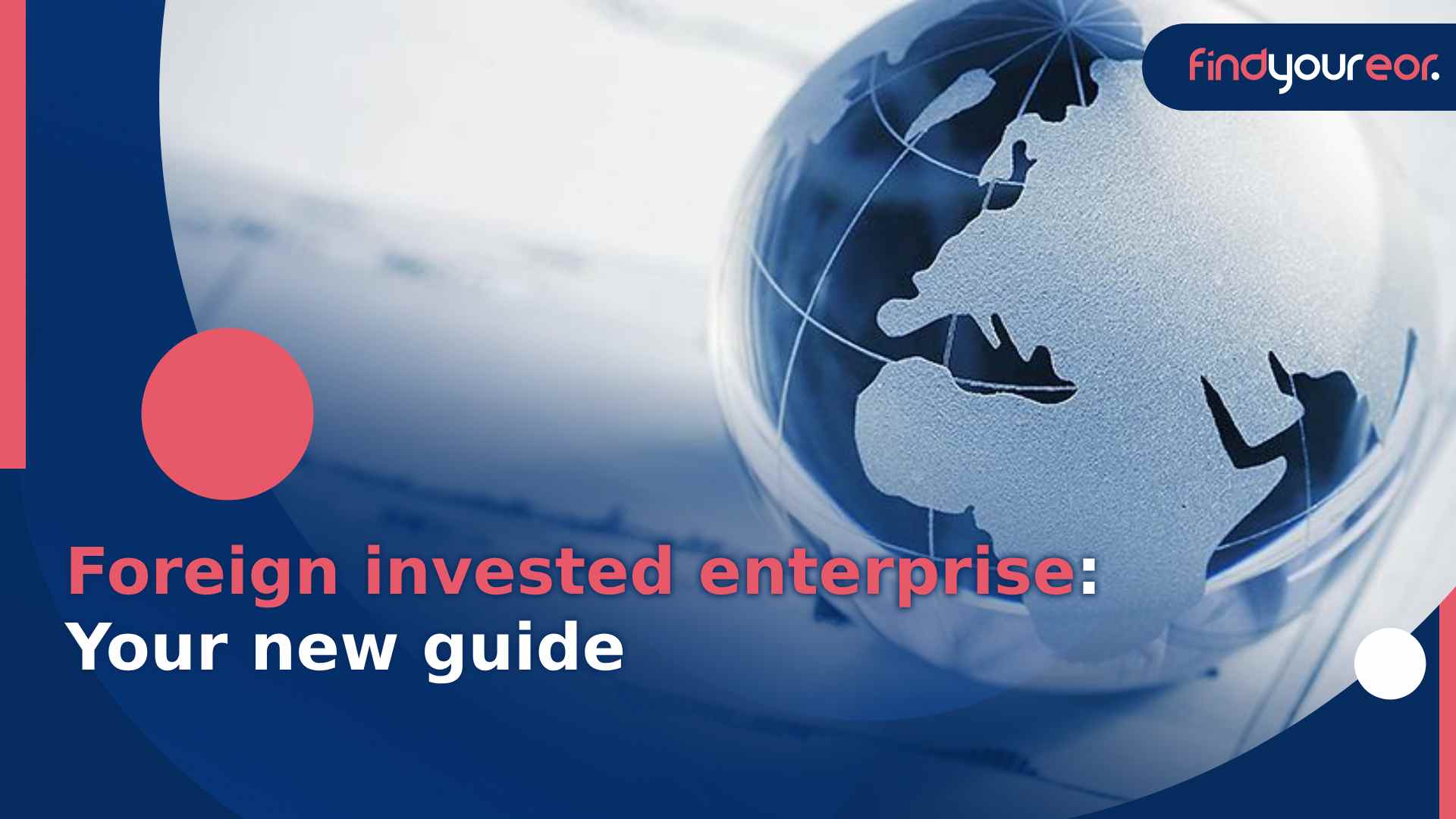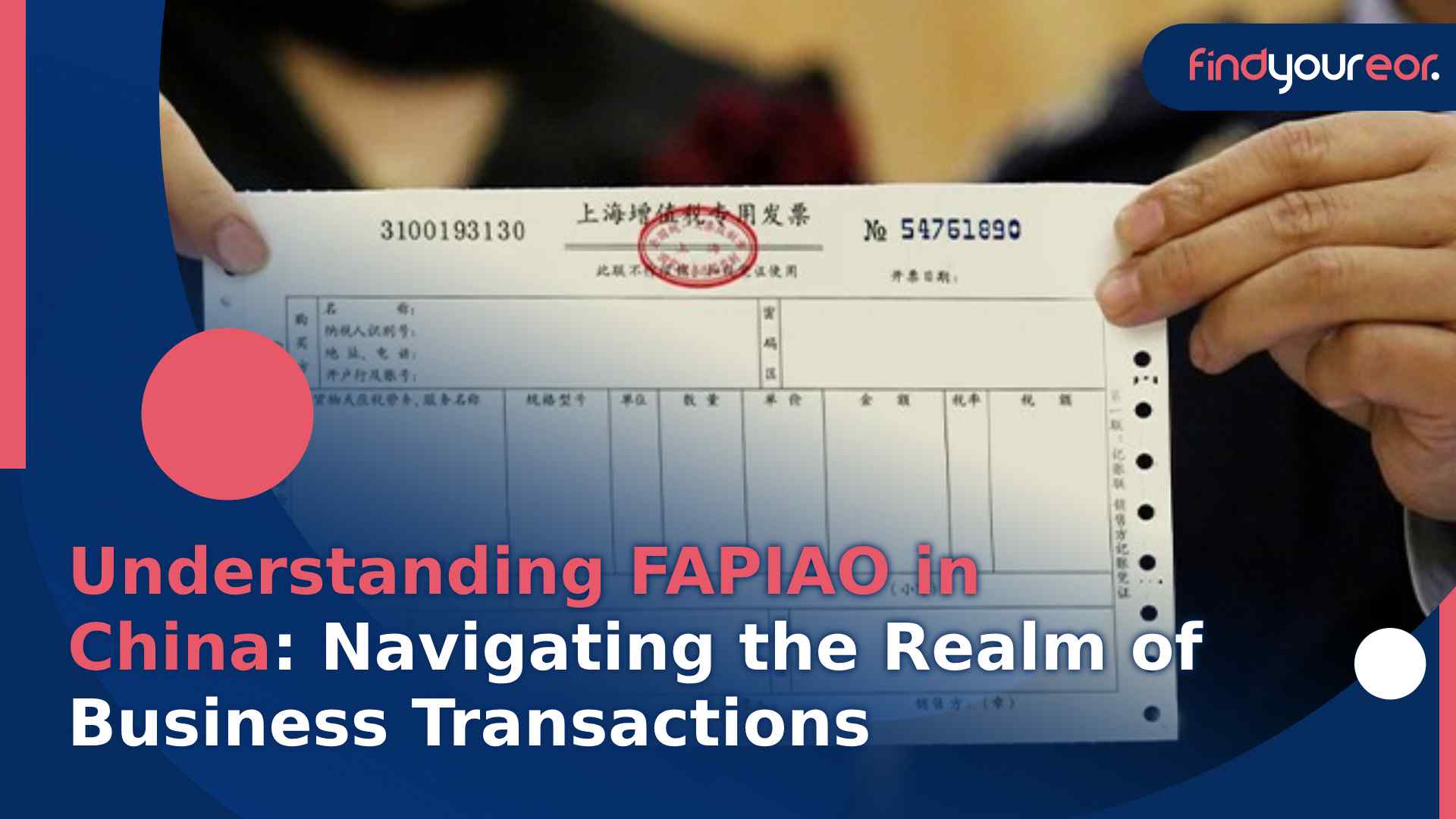Global Mobility: A Begginer's Guide
Last update: January 5th 2024
International employees can become an important part of a company by contributing different ideas and innovations. This is thanks to global mobility programs, which allow short-term, long-term, and permanent relocation. However, there are many factors that companies must evaluate to carry out the relocation strategically and not fail.
In this article, you will learn what this process is all about and guidelines for creating a proper program. Likewise, we will show you what global assignment benefits you can obtain with a good relocation plan.
What is global mobility?
This term, also known as employee relocation, is a process in which the HR of a company makes international assignments of workers. However, this process can occur in different ways depending on the purpose of the mobilization. Below you can see what the types of mobility are and their details:
Business trip
In this case, the trip abroad is short, to attend to certain aspects related to the business. This is one of the global mobility trends in the global business movement of today. Some of the purposes of the aforementioned trips are the following:
· Attend conferences and meetings
· Negotiate contracts
· Networks
· Team meetings
· Visits to suppliers
· Conference attendance
In some cases, an employee may take a trip for vacation purposes but in which they continue to work remotely. This type of trip is known as Workation, as it combines work and vacation. The difference concerning business trips is that these are carried out by the company for global mobility for purely work purposes.
Short-term assignments
Expatriate employees may also be assigned to other countries for between 3 months and 1 year. In this way, the company assigns them to these destinations to meet short-term objectives. Some of the purposes for which companies carry out this type of momentary relocation are the following:
· Training of the employee(s) in a specific task or the acquisition of a skill
· Participation in a momentary project
· Fill a position temporarily until a permanent solution is found
· Dual-career support for the employee
In addition, these types of assignments can be part of expatriate support programs to develop their talents. The company can achieve this through the acquisition of valuable international experience. Likewise, employees can acquire the knowledge necessary to improve performance in their jobs.
Long-term assignments
In this case, the company can assign expatriate employees abroad for between 1 and 3 years. Thus, they can carry out this type of relocation in any of the following cases:
· For the development of international leaders
· Business expansion to new markets
· Open a branch or other type of facility abroad
Additionally, companies often prefer these types of permanent assignments when time is limited. They also consider it best when the company needs the knowledge of a current employee. Nevertheless, you must consider that the cultural adaptation for the employee can be hard.
Permanent assignments
Overseas employment in these situations consists of a relocation of the employee for an indefinite period. Thus, the person establishes residence and works in the country through a local entity. Assessing whether your company needs to permanently relocate an employee abroad may depend on whether you need to do the following:
· Prefers to do work from the destination
· You cannot carry out the project or work remotely
· You need certain skills that are not available where your business operates
In this case, you must investigate the assignment success metrics and add them to your plan to have a successful process.
What is a global mobility program?
A global mobility program allows your company to make a smooth transition for its workers. This includes both employees traveling to other countries and those living abroad. Through this program, you can have an orientation and a mobility structure between countries.
Likewise, this program must be part of your business plan, as well as your vision and business values. However, the effectiveness of the relocation program depends on the following factors:
· Mobility leaders and consultants must be involved in the program.
· Carefully review each part of the plan.
· It must detail each of the stages of the work scheme (including global talent management).
Nevertheless, you will not find two mobility programs the same, as you must adapt them to specific situations. Additionally, the vision of your business is what dictates the steps of this strategy, as well as the cross-cultural adaptation. Yet, good planning, aligned with your business objectives, guarantees success.
What are the benefits of employee relocation?
There are various benefits for your company as well as for the expatriate employees of your business for relocation. Of course, this depends on the mobility plan and covering each of the related aspects. Some of the benefits that you can obtain are those that we will mention below:
Access to a wide variety of talent
Currently, companies are looking for global talent to fill specialized positions due to the shortage of domestic talent. However, through a mobility program, businesses can access a broader talent pool. In this way, you will have a significant improvement in the expatriate employees of your company, as well as in other related aspects.
Improving company culture
Through relocation, you will be able to have a more diverse workforce, both in nationality, knowledge, and perspectives. Hence, with cultural training and integration, you can have a more inclusive workplace. In this way, your company will be able to have more productive and healthy labor relations, improving the work environment.
Information about new markets
Expat employees can help your company gain valuable information about international markets. In this way, you will obtain relevant information at a commercial and strategic level to improve certain elements of your business. This way you can add greater value to your business strategy in terms of marketing, research, competitor analysis, and more.
Innovation and problem-solving
Another of the relocation benefits you can gain through diversity in your workgroup is innovation. By having a set of people from different backgrounds, you can get diverse ideas, knowledge, and opinions. This aspect also contributes to problem-solving and finding more creative ways to deal with various situations.
Therefore, your company can be more productive, improving performance in projects and all operations. Additionally, through more diverse teams, companies can improve their profits.
What are the compliance considerations for global mobility?
Companies that expand their operations to other countries must be aware of regulations and laws, such as international compensation. In this case, each country has a set of business and labor regulations that all businesses must follow. Therefore, the relocation process can have a high level of demand for these organizations.
Compliance with labor and establishment laws ensures smooth work and overall business and business success. Below, we will show you some compliance details (like immigration regulations) that companies should take into account when operating internationally:
Corporate taxes
When having short-term or long-term expatriate employees in another country, you must take care of the permanent establishment (PE). In some countries, they may consider this presence of their employees to be permanent according to tax laws. Thus, your company may have to be responsible for paying corporate taxes due to its presence in the country.
Consequently, you must take into account the following aspects to avoid having to cover the expatriate taxation:
· Number of employees who will work
· The type of activity they will carry out in the country
· Cost of living adjustments
· The time spent in the place
· Long-term corporate plans
Therefore, your HR and finance departments must be aware of and constantly monitor this risk in your global mobility program.
Payroll
Managing payroll for expatriate employees is a somewhat complex process, and even more so if you have employees in multiple countries. To make the process a little simpler, you should gather the following payroll information to maintain compliance:
· Employee Salary
· Business taxes
· Exchange rate
· Social security payments
· Expat benefits and allowances
· Payroll information requirements
Additionally, the laws of a country may undergo modifications, of which you must be aware so as not to fail before the authorities. For example, you must know if there is tax equalization between the country of origin of your company and the new country. Otherwise, you will receive sanctions and have to pay large fines, which will financially affect your business.
Immigration
One of the expatriate assignment success factors is complying with immigration regulations. As with other regulations, each country has different immigration rules, with some easier to comply with than others. Thus, in your planning, you should consider the immigration laws of the country or countries to which you want to transfer employees.
Thus, those in charge of your mobility business must know the work permits and visas necessary for legal entry. Likewise, you need to establish how both your company and employees will handle the process. Also, to make the process flow better, you should thoroughly inform the employees about the detailed steps.
Additionally, you should know that in some countries you may need an employer or sponsor to manage permit applications. Similarly, you should be informed about what the repatriation process would be like so as not to violate the regulations that the host country has.
How to define your global mobility policy?
You must properly structure the International mobility strategy of your business to have clear guidance. In this way, you will be able to link the objectives you want to achieve with the procedures to achieve them. Moreover, it establishes a company culture with best practices to keep your program in top condition.
Collect all relevant information
Writing the mobility policy for your expatriate employees is not up to your C-level executives. You should also involve hiring managers, HR, as well as your employees. In this way, you will build your mobility policy on a solid and reliable foundation.
Assignment location analysis
An important part of having a successful mobility policy is having flexibility for the relocation of your employees. However, you should research the policies of the country to comply with, for example, expatriate compensation packages. Therefore, you should choose locations that support your goals and benefit your company and employees.
Calculate associated costs
A mobility program requires sufficient resources and an investment of time, which if done properly can be profitable. Therefore, you must analyze the costs necessary for relocation to the different locations considered. Consider, for example, corporate taxes, work permit costs, visa sponsorship, cost of living, and other relevant aspects.
Activate your workgroup
The next step is to meet with the interested parties to delegate roles and responsibilities for Global mobility. In this case, you should be in contact with your finance department to get your payroll and tax matters in order. In the same way, the Human Resources department must keep all employee affairs organized.
Options for employees
A good mobility plan allows you to establish the options available to employees, as well as the appropriate benefits. Also, you must have a good plan for the repatriation process in case you need the employer to return. For this process, you must consider the following:
· Expatriate performance evaluation
· Employees who meet the selection criteria
· The different mobility packages established
· Add-ons you are willing to offer
Focus your objectives on a direct and efficient policy for cross-border relocation, which facilitates requests and procedures.
Establish process standards
At the end of it all, you must establish how the selection process is carried out and what you expect from it. Here are some of the aspects you should take into account for your global mobility plan:
· Application Submission Process
· The review process of said applications
· Selection criteria
· Assignment duration
How to administer your relocation program?
You have already established a global mobility program for your employees but now you must manage it properly for it to function correctly. One of the elements you must take care of is finances to ensure that you can execute the plan as established. Additionally, you must be responsible for handling the following situations:
· Identify potential legal problems and ways to solve them.
· Follow up on your mobility policies in conjunction with your directors involved in the process.
· Work with the Human Resources of your business to identify the workers most suitable for mobility and relocation.
However, if you have certain difficulties in properly complying with the process, you can choose to work together with relocation specialists. In this way, you free your companies from the effort and time it takes to relocate employees. Plus, you can offer greater benefits to your employees, such as dual-career support, compensation benefits, and more.
Conclusion
Working with expatriate employees through the mobility process can be a somewhat overwhelming process. However, the right tools (mobility program, policies, market research) can help you succeed. Therefore, plan carefully with all the elements we have shown you to have the best results for the relocation.
Nevertheless, you can get help from the International relocation services if you plan to do this process occasionally. Moreover, to learn more about the world of work and business around the world you can see other articles on our blog.


















.jpg)




















